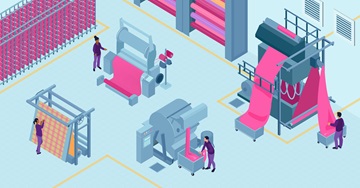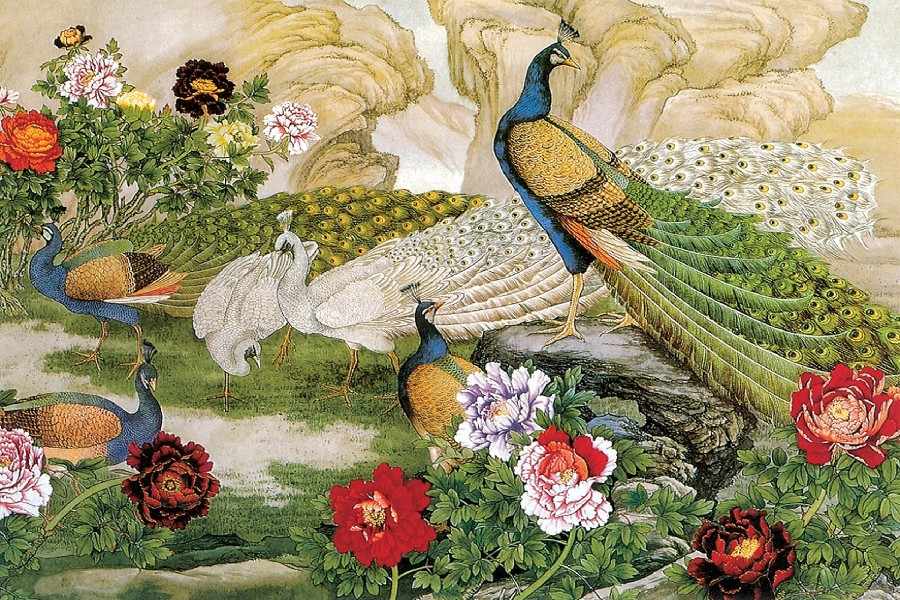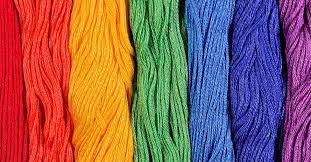Dyeing methods and Dyes Selection
Textile dyeing can take place at different stages of the manufacturing of the textile. There are various methods of textile dyeing which are as follows:
- Fibre Stage Dyeing Method
- Yarn Stage Dyeing Method
- Fabric Stage Dyeing Method
- Garment Stage Dyeing Method
Fibre Stage Dyeing Method (Stock Dyeing)
In this method, the dyeing is done at the fibre stage. It refers to the dyeing of the fibres, or stock, before it is spun in to yarn. It is done by putting loose, unspun fibres in to large vats containing the dye bath, which is then heated to the appropriate temperature required for the dye application and dyeing process.
Yarn Stage Dyeing Method
In this method, the yarns that are spun using fibers are immersed in the dye-bath, partially and completely. This is done before the yarns are used for the construction of fabrics. This is specially used to create various designs in the fabric, such as:
- Stripes
- Checks
- Plaid
- Tweed
Fabric Stage Dyeing Method (Piece Dyeing)
In this method, color is applied to the fabric after its construction (woven or knitted). The fabric is submerged into the dye-bath to get the desired colour. It is the most common method of dyeing used. The various methods used for this type of dyeing include jet dyeing. Jig dyeing, pad dyeing and beam dyeing.
Garment Stage Dyeing Method
In this method, the finished garment is dyed in the dye-bath in order to get the desired color. Garment dyeing is the dyeing of the completed garments. The types of apparel that can be dyed are mostly non-tailored and simpler forms, such as sweaters, sweatshirts, T-shirts, hosiery, and pantyhose. Garment dyeing is done by putting a suitable number of garments (usually about 24 sweaters or the equivalent, depending on the weight) into large nylon net bag. The garments are loosely packed. From 10 to 50 of the bags are placed in large tubs containing the dye bath and kept agitated by a motor – driven paddle in the dye tub. The machine is appropriately called a paddle dryer.
Dye stuffs selection
There are numerous factors involved in the selection of dyes for coloring a fabric in a particular shade. Some of these are as follows:
- The type of fibre to be dyed
- The form of the textile material and the degree of levelness required- level dyeing is less critical for loose fibres, which are subsequently blended, than it is for fabric
- The fastness properties required for any subsequent manufacturing processes and for the particular end use
- The dyeing method to be used, the overall cost, and the machinery available
- The actual colour required by the customer.
Texpedi.com
Check out these related articles:








1 thought on “Dyeing Methods & Factors Influencing Dye Selection”